Flourishing Education
By Dr. Caleb Collier
“What if schools were designed to cultivate flourishing people?”
We are at an inflection point in American education. For a variety of reasons, enrollment in public schools is plunging. Alongside this decrease in appetite for traditional schooling, there’s been an extreme uptick in interest for self-directed learning. A recent national survey indicated that 74% of respondents were interested in pursuing self-directed education environments. To unpack this phenomenon, we need to wrestle with a simple question: why do we have schools anyway?
The system of education in the U.S. has, since its inception, existed to cultivate in our youth the skills, knowledge, and values to sustain the present society into the future. John Dewey wrote in Democracy and Education that “the primary ineluctable facts of the birth and death of each one of the constituent members of a social group determine the necessity of education.” To put it simply: we’re all going to die, so schools exist to cultivate in young people the things they need to carry society forward. Education at its most basic level exists so a society can live past a single generation. Because education is a social necessity, then, it is up to society to constantly evaluate its methods of education to determine whether or not the values and skills needed for a “common life” are being cultivated.
There have always been debates and conflicting viewpoints about the content of what those skills, knowledge, and values are, which has impacted larger conversations about the structure of schooling as well. The first schools in the nation were religious-based institutions designed to pass on Protestant ideals, habits, and worldviews. Later, education was seen by figures like Horace Mann as “The Great Equalizer,” a way to ensure a vibrant democracy by cultivating an educated citizenry. Still others saw education as a way to meet the needs of industry, serving as a sorting mechanism that funneled human resources to the appropriate capitalistic function. That latter view has become the dominant view of “traditional” education, i.e. we go to school to prepare for college and we go to college to train for a career.
All those debates are still alive and well in education discourse. Running through these conversations is an important question that doesn’t receive nearly enough attention when we talk about schooling: What type of people do we want our schools to cultivate? Usually, the conversation is dominated by test scores and other arbitrary metrics. Recently, policymakers and school leaders have been very vocal about the “learning loss” that resulted from the COVID-19 pandemic as evidenced by falling test scores. Much less attention has been paid to the mental and emotional health of students as a result of years of unpredictability and trauma. Ask a teacher what they notice about students in today’s classroom. Chances are you’ll hear anecdotes about lack of focus, discipline, and self-regulation. Couple those anecdotes with recent violent episodes in schools highlighted in national news outlets and one thing becomes clear: our students aren’t flourishing.
Now, for a controversial question: What if schools were designed to cultivate flourishing people?
It’s long been argued by education reformers that schools are “broken.” The evidence is plentiful: systems rife with inequality, children moved from grade to grade whether or not they’ve learned anything, graduates that enter into the world woefully unprepared to think and choose for themselves — and that’s not even mentioning the lack of safety present on most campuses. My argument (a view held by many throughout the decades) is that school isn’t “broken.” Rather, it’s working the way it was designed to work. Jonathan Kozol called it an “ice-cold and superb machine.” If we want different outcomes than what schools are producing, then it's on us to design something new. Luckily, we have some good roadmaps to follow.
Let’s start with what parents desire for their children. What do we want to be true about our kids when they graduate from the school system? In a recent survey conducted by the Institute for Advanced Studies in Culture at the University of Virginia, parents overwhelmingly indicated that they wanted their learners to be forgiving, people of strong character, tolerant of others, honest, loving, and open to new ideas. Much further down the list were characteristics associated with traditional school, like academic success and college admission. These findings also show up in other surveys. The Purpose of Education Index from Populace also showcases that “ students demonstrating character” through attributes like honesty, kindness, integrity, and ethics is a top priority for parents when thinking about the purpose of schools. The researchers labeled this finding “the public’s overlooked priority.” Another key finding from the index: before COVID, parents selected “enroll in a college or university” as their 10th highest priority for their children’s schooling; after COVID, it fell to 47th.
Along with children of strong character, parents indicated in these surveys that they want their children to be able to think for themselves, have the ability to customize their learning journey according to their strengths and passions, and encounter learning experiences that are relevant and practical in the real world. Traditional schools — with their focus on standardization and stratification — are not designed to cultivate these outcomes in learners. Self-directed learning environments, like The Forest School, are. We believe that schools exist for a simple reason: to cultivate flourishing people that go out and cultivate a flourishing society. Our mission is that anyone who enters our doors (real or virtual) will find a calling that will change the world. That’s a compelling answer to the question, “Why do we have schools anyway?”
The Institute for Self Directed Learning works to catalyze the research base for self-directed learning, partner with public schools to design and lead learner-led environments, and provide educators with learner-led curricular resources.
